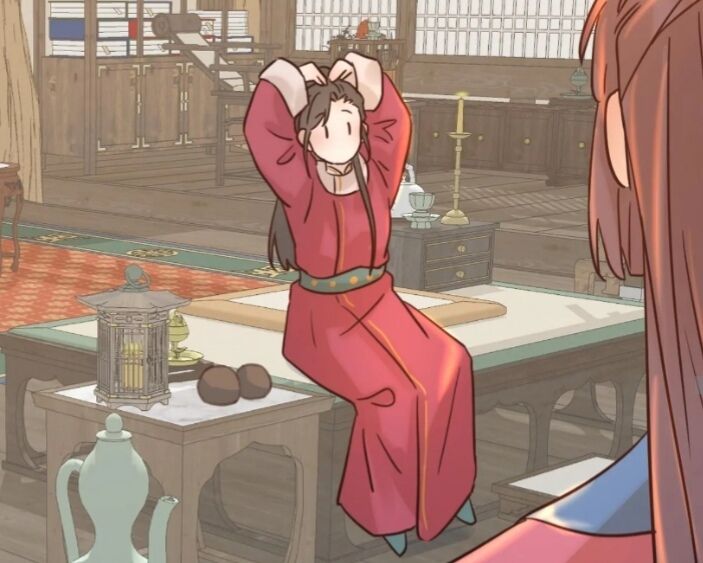Fasciolopsis buski
Cards (13)
- Common Name of F. buski
- Disease Caused by F. buski
- Habitat of F. buski
- Intermediate Hosts of F. buski
- Final Hosts of F. buski
- Diagnostic Stage of F. buski
- Infective Stage of F. buski
- Mode of Transmission (MOT) of F. buski
- Treatment for F. buski
- Adult Characteristics of F. buski
- Laboratory Diagnosis of F. buski
- Fasciolopsis buski: Clinical Manifestations
- Images for F. buski
